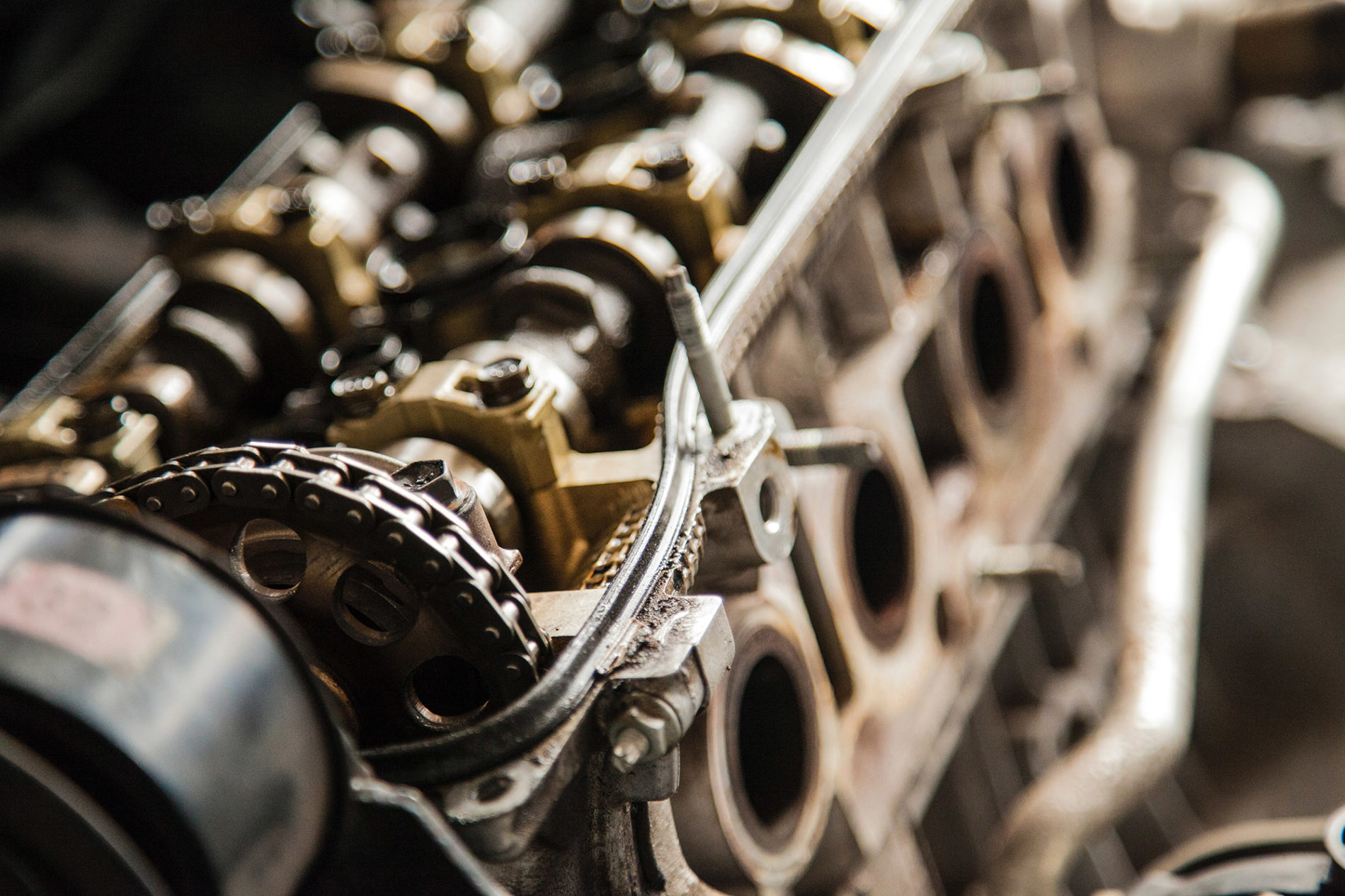Will the Diesel Engine Ever Be Perfected?
The California Air Resources Board has approved for 2027 what the Engine Manufacturers Association refers to as “sweeping new regulations affecting heavy-duty trucks sold in the state.”
The regs include a 90% reduction in NOx, half the particulate, and especially the ability to do this under low-load conditions. Crawling conditions pertain all too often on California freeways and are only predicted to get worse — hence the part of the rule relating to low load.
New technologies like skip-firing — as well as any number of potential after-treatment modification like extra selective catalytic reduction (SCR) catalysts located closer to the turbo — could, it is likely, meet the requirements. But the Engine Manufacturers Association is concerned about the complexity and high cost of such equipment, not to mention the research needed to develop it all into a marketable package.
The truck diesel as presently configured, as much as I admire and love the technology, is obviously an outmoded design. Wedded to Rudolf Diesel’s 1893 patent and other aspects of current practice, and faced with the need to advance engine design conservatively so fleets will enjoy reliability, the industry has been sticking to its guns, and is now confronted with the need to build a fearfully complex and expensive engine designed along traditional lines and try to sell it.
The bottom line here is that there are possibilities with architecture and combustion that the industry is ignoring.
Achates Power has developed an opposed-piston, two-stroke diesel, previously described in this space, originally with the intent to save fuel. Achates CEO and President Dave Crompton and Executive Vice President Larry Fromm argue that Achates is poised to meet these stringent standards with inexpensive features incorporated in their design, while also meeting standards requiring lower fuel consumption.
The real news here is that Achates’ combustion is much cleaner than combustion in standard, four-stroke engines. The Achates can use high levels of exhaust gas recirculation (EGR) to kill NOx (and speed warmup) till the SCR system gets hot enough to work, but without generating the heavy amounts of particulate standard diesels produce under such conditions. Achates’ opposed piston design with dual fuel injectors sends the fuel in from the sides of the cylinder toward the center, not toward the walls of the chamber in the piston. Also, its opposed pistons have combustion chambers of different sizes. This drives air vertically through the sprays and generates what Fromm refers to as “high-tumble combustion,” which is so much better at mixing fuel and air that this high level of EGR becomes practical.
Click here to continue reading
This article originally appeared in Transport Topics April 29, 2022
